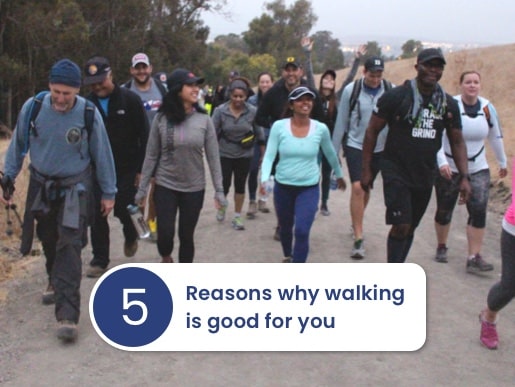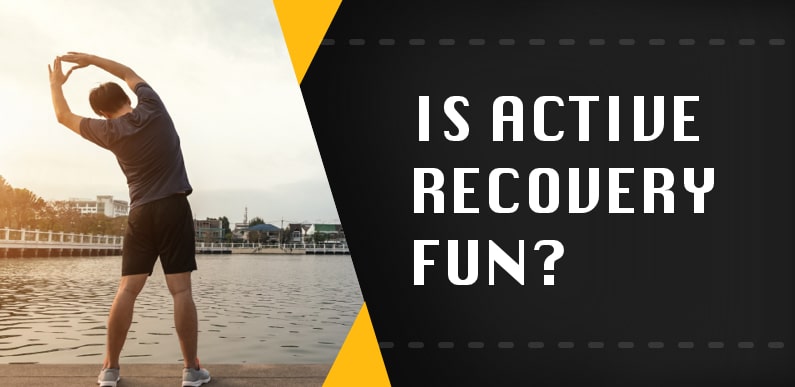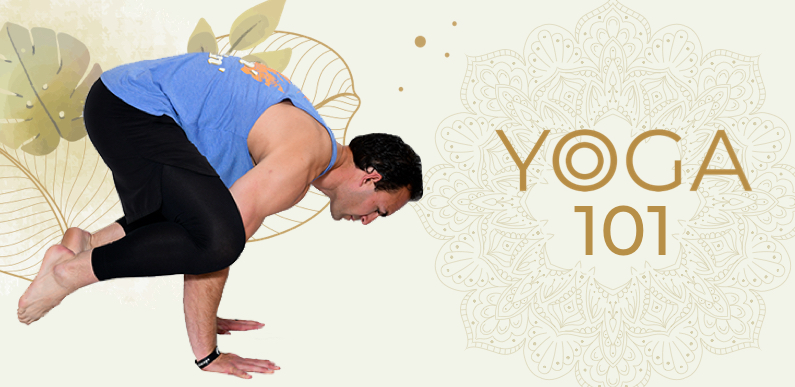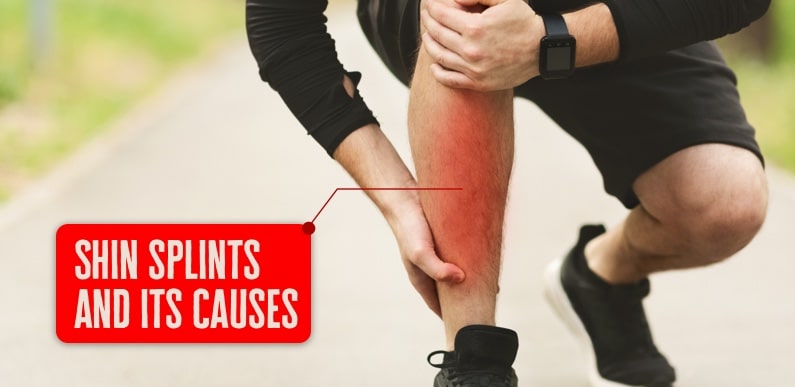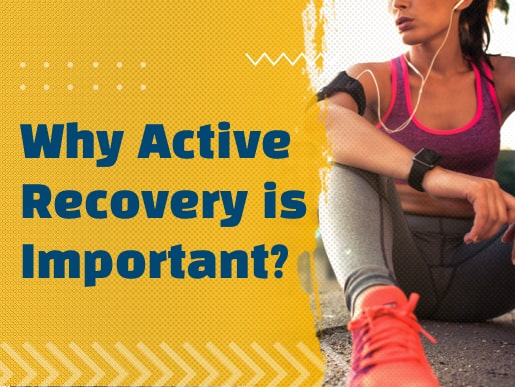Can you really walk your way to fitness?
You bet!
Get started today!
When it comes to recovering quickly after those brutal workout routines, there are the things you already know you should be doing. Eating for performance is one, and another is making sure you sleep like a champ each night.
Active recovery drastically cuts recovery time over and over again in studies. Active recovery gives you the initiative after those pummeling sessions in the gym, whether that means less delayed onset muscle soreness or quicker neuromuscular recovery.
And the one kind you are already doing but can leverage even more is walking.
Here’s the deal on why you should start walking for recovery.
Time spent walking, and moving can improve muscle strength and flexibility, cardiorespiratory fitness, joint health, bone density, and sleep quality. It can also help with managing weight, stress, and mental health.
Regarding forms of active recovery, walking might not always be the first thing to come to mind.
We tend to take the very act for granted—it’s the form of locomotion that gets us to the kitchen, down the aisles of the grocery store, and down the driveway to get the mail.
And because it’s so easy, we immediately discard it as a form of athletic recovery.
But some pretty legit stuff happens when we use walking as a weapon for faster recovery:
Prevent numerous other conditions.
Studies show that daily walking can relieve arthritis and back pain and help prevent osteoporosis, colon and breast cancer, impotence, constipation, and many other health problems.
Save Lives
Walking can save lives, especially for the physically inactive.
Walking has population-level health benefits and reduces rates of death from all causes.
One study found that people who walked about 3.5 hours per week of brisk walking (depending on the person) had an 11% reduction of risk for death, with the most benefit for those who walked the least to start.
Increased walking decreases the risk of cardiovascular disease.
Cardiovascular disease is the leading cause of death in the U.S. There is an inverse relationship between cardiovascular disease risk and any walking and leisure walking.
Brisk walking can lower blood pressure.
Studies show that walking 10,000-12,000 steps daily significantly lowers systolic and diastolic blood pressure. Consistent walking is as effective as running in lowering blood pressure.
Even limited walking (<10 minutes/week) can help to prevent the onset of physical disability due to arthritis.
And the list goes on and on.
Ready to reap the benefits of walking?
Here’s how to get started — and stay motivated.


1.Recovery & Long Life
Walking helps you recover faster. As an athlete, you know that the real key to success is being able to bounce back after crushing practices quicker than the competition. Walking increases blood flow helps reduce stiffness, and will help those sore muscles feel less painful.
2.Small Steps. Big Changes.
Walking is the easiest way to build a giant cup. Intense conditioning work is usually the way we go when it comes to building a more extensive foundation for our training. The fitter we are, the more we can handle the intense training. But there is so much interval training we can do before we start to get run down. It’s almost impossible to ruin your nervous system by walking too much as it adds little stress to your body. Walking helps you build a giant cup to pour more of the super valuable, high-intensity training into it later.
3.Walking is Accessible & Available.
Walking is free, low-skill requires no special equipment, and is available where people are. Walking is also accessible across a lifespan, making it one of the best solutions for increasing population-level physical activity.
Walking requires your legs, and that’s it. No equipment is needed.
You can walk up and down the hotel halls if you are on the road. If you are miles away from the nearest gym, you can go outside—that nature thing? And walk it out. You don’t need a hot tub, a foam roller, or an EMS machine–just your two feet.
4.Happy & Healthy Life
Walking can help treat both anxiety and depression (especially depression). It can improve self-esteem and happiness, and walking outdoors may provide additional benefits.
Regular walking in green spaces may improve sleep quality and quantity, reducing insomnia.
There is evidence of wide-ranging health benefits of participating in regular walking groups, including improvements in blood pressure, resting heart rate, BMI, blood cholesterol, VO2 Max, and depression scores. Walking in groups increases safety and adherence to walking programs, improving effectiveness.
Great for de-stressing. A vigorous exercise is a form of stress. Walking, particularly outdoors and with good company, is a way to reduce stress by gearing down and enjoying some quiet time. I’ve found that walking is an excellent vehicle for solo reflection. No matter what is going on in your life, things will feel a little rosier after a walk.
5.Better Relationship with Food
For many athletes, it’s not the workout routine that is difficult—it’s keeping a grip on their nutrition, especially during a hard workout when their willpower is basically on fumes.
As a result, they turn to supplements, keeping a food journal, and meal prepping to stay on top of things in the kitchen.
As powerful and proven as those things are, walking can help the cause by helping ease those gnarly cravings we all experience.
Research out of England’s University of Exeter found that even just a 15-minute walk daily helps curb sweet intake by about half.
Walking helps curb those cravings and, clears waste & reduces inflammation.
When you put one foot in front of the other, you initiate blood exchange between the lower limbs and your heart, promoting lymphatic drainage and clearing out systemic waste in your legs and feet.
Are you walking enough?
Once you take that first step, you’re on the way to an important destination — better health.
Check out the link for more recovery blogs:
👉https://fns360.live/category/movement-and-recovery/.
You can also check out more such recovery videos

